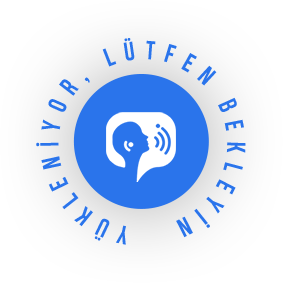Both roles are distinct yet interdependent, contributing significantly to the company’s success. The CEO (Chief Executive Officer) is the highest-ranking individual in a company, responsible for formulating business objectives and making strategic decisions. The COO (Chief Operations Officer), second-in-command, translates the CEO’s vision into an executable business plan, overseeing all operations to achieve business goals. The CEO is responsible for ensuring the company’s overall success, setting strategic direction, making major decisions, and representing the company to employees, stakeholders, and the public. One of the key tasks of the CEO is overseeing the day-to-day activities of the company, ensuring that all operations run smoothly and efficiently. They are also Programming language implementation responsible for making crucial strategic decisions that shape the direction and future of the organisation.
- In many mid-sized companies, however, the vice president positions are also considered to be executive level jobs.
- The chief information officer develops and manages plans to differentiate the company in the market, provide unique value to customers, and help build long-term relationships with customers.
- Their main goal is to protect the organization from financial risks and reputational losses.
- Governance frameworks, such as board composition and the presence of independent directors, are instrumental in ensuring transparent decision-making processes and oversight.
- This role is particularly important in industries like retail, finance, and healthcare, where digital innovation is rapidly changing the business landscape.
Chief Operations Officer (COO)
A CEO is responsible for choosing and executing the strategic direction for the company. They are also typically the public face of the organization when it comes to communication with employees, customers and shareholders. The CEO reports to the board of directors (and the board is run by the chairperson). A company’s chief executive officer is the top dog, the ultimate authority in making management decisions.
What is a Finance Officer? Roles, Responsibilities, and Skills
There is a strong parallel here with the structure of government, which tends to separate the political cabinet from the management civil service. Together, management and the board of directors have the ultimate goal of maximizing shareholder value. In theory, management looks after the day-to-day operations and the board ensures that shareholders are adequately represented. But the reality is that many boards include members of the management team. The other type of representative encompasses outside directors, chosen externally and considered independent of the company. The role of the board is to monitor a corporation’s management team, acting as an advocate for shareholders.
Who ranks higher in a company, CEO or founder?
… Owner is the generic Chief Executive Officer of an AI startup job term for sole proprietorship while CEO is a title or position given to someone who has complete management responsibility of the company he is working in. The Chief Digital Officer (CDO) is an emerging role that focuses on leading a company’s digital transformation. With technology becoming an integral part of business operations, the CDO ensures that the company remains competitive in a digital-first world. This role is particularly important in industries like retail, finance, and healthcare, where digital innovation is rapidly changing the business landscape. The Chief Marketing Officer (CMO) is responsible for the company’s marketing strategy. This includes overseeing advertising, promotions, social media, and public relations to ensure the company’s brand and message resonate with its target audience.
- A chief marketing officer, also known as a CMO, is responsible for setting marketing goals and objectives for an organization.
- A case in point is the cooperation between the CEO and founder of Company X.
- With this article, we are going to explain the roles and responsibilities, the difference in their work structures, and their importance in the operational growth of the organization.
- Chairman of the board – presiding officer of the corporate board of directors.
- Effective collaboration between these roles ensures balanced decisions that consider both operational and financial implications.
- A chief compliance officer, known as a CCO, is responsible for streamlining compliance processes like policy management, risk assessments, regulatory change management, and case investigations.
- COOs often have the authority to make operational decisions that align with the company’s strategy and goals.

